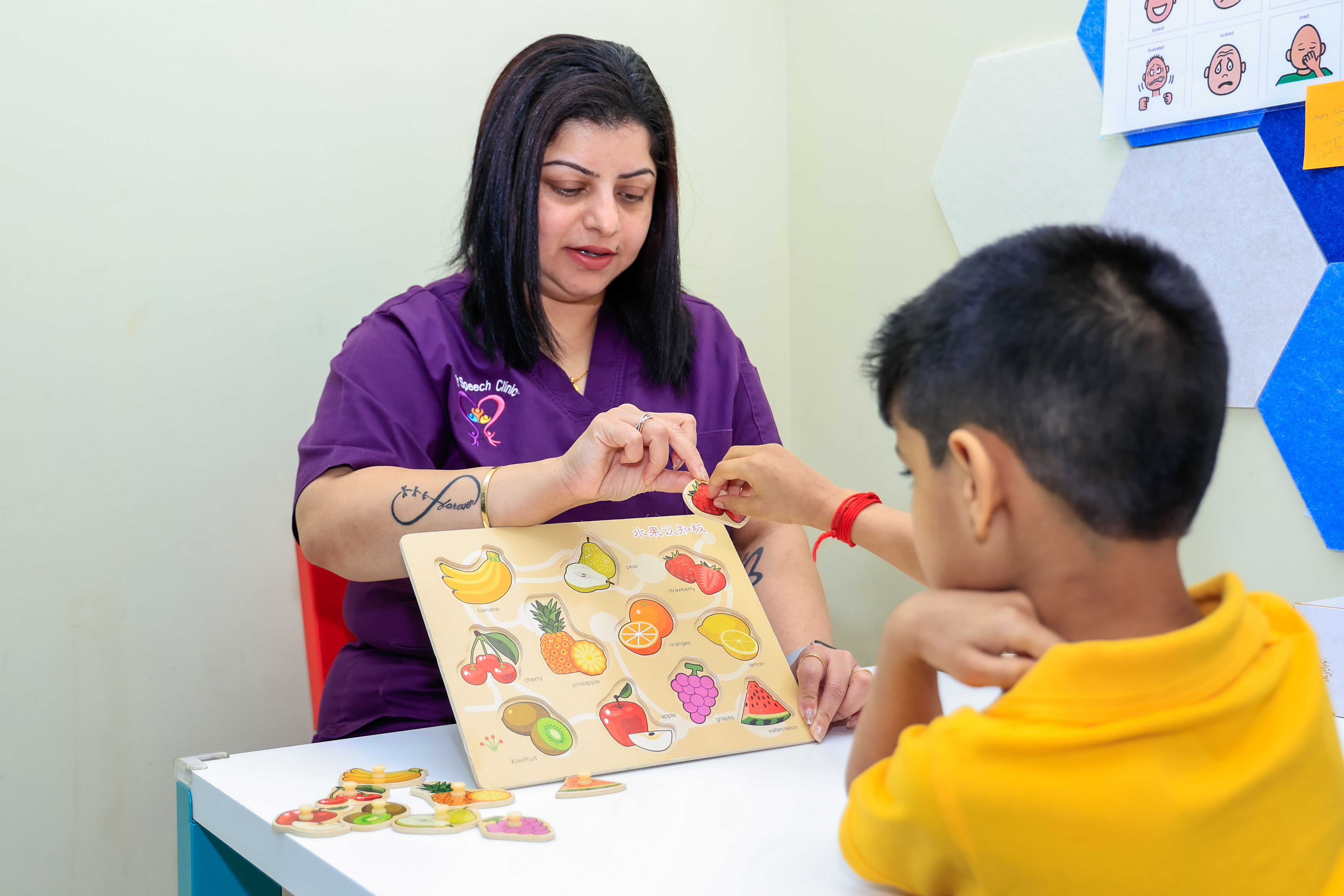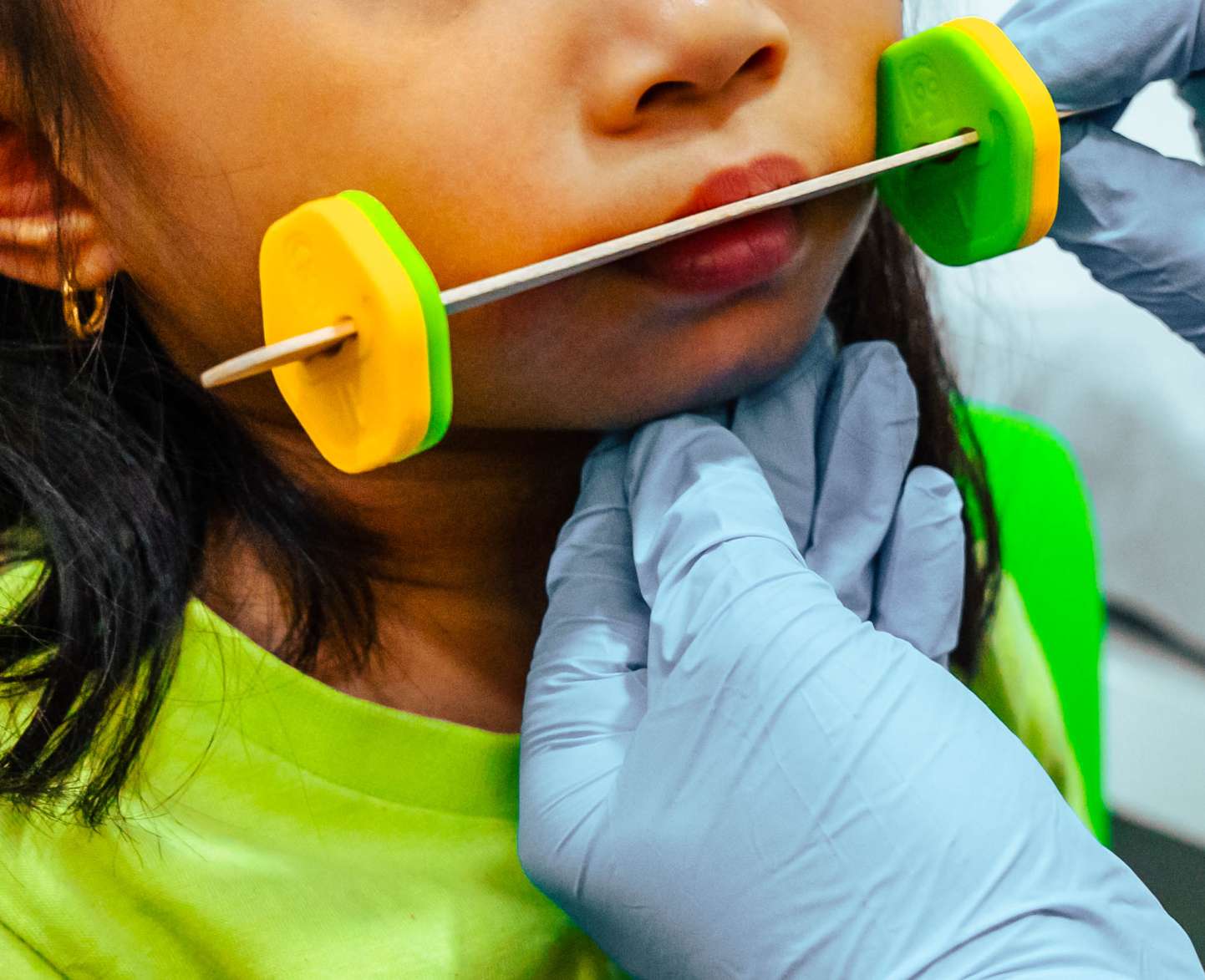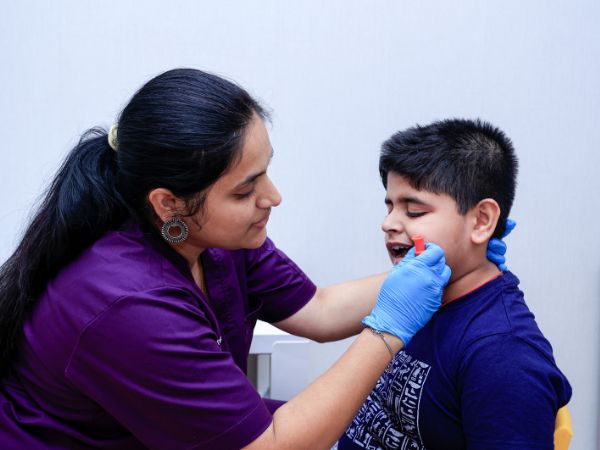Neuro Integrative Therapy
Neurointegrative Therapy

Advancing Development Through Targeted Neuroplasticity
At The Speech Clinic Dubai, NeuroIntegrative Therapy is a cutting-edge intervention model developed by our founder, Ms. Sana Shareef , to support the neurological foundations of communication, movement, and regulation. Rooted in contemporary neuroscience, this approach harnesses the brain’s innate capacity for change — known as neuroplasticity — to drive meaningful therapeutic outcomes.




Rather than treating symptoms in isolation, NeuroIntegrative Therapy works at the level of the brain-body connection. It integrates structured movement, sensory feedback, rhythmic timing, and targeted stimulation to enhance functional connectivity across key neural networks responsible for speech, language, motor planning, and cognitive engagement.
The approach draws from well-established principles in developmental neurobiology and brain-based learning , emphasizing the importance of activating under-responsive systems and synchronizing neural timing to unlock learning potential. By gently engaging the brain through multisensory pathways and repetition, this method encourages the formation of new, efficient neural circuits.
This therapy is ideal for children with motor speech challenges, sensory integration difficulties, developmental delays, or those who present with global processing differences. Each session is designed to be personalized, measurable, and neurologically driven — ensuring therapy is not only effective, but future-forward.
Who Is It For?
NeuroIntegrative Therapy is designed for children who require more than conventional therapy approaches — children whose brains benefit from deeper, targeted engagement across sensory, motor, and cognitive systems. It is especially effective for :
- Children with motor speech disorders such as Childhood Apraxia of Speech
- Neurodivergent learners including those with Autism Spectrum Disorder and ADHD
- Children with global developmental delays or hypotonia
- Sensory integration and processing challenges
- Children with executive function difficulties,such as attention, planning, and regulation
- Late talkerswith underlying neurological inefficiencies
- Children not making expected progress through traditional therapy alone